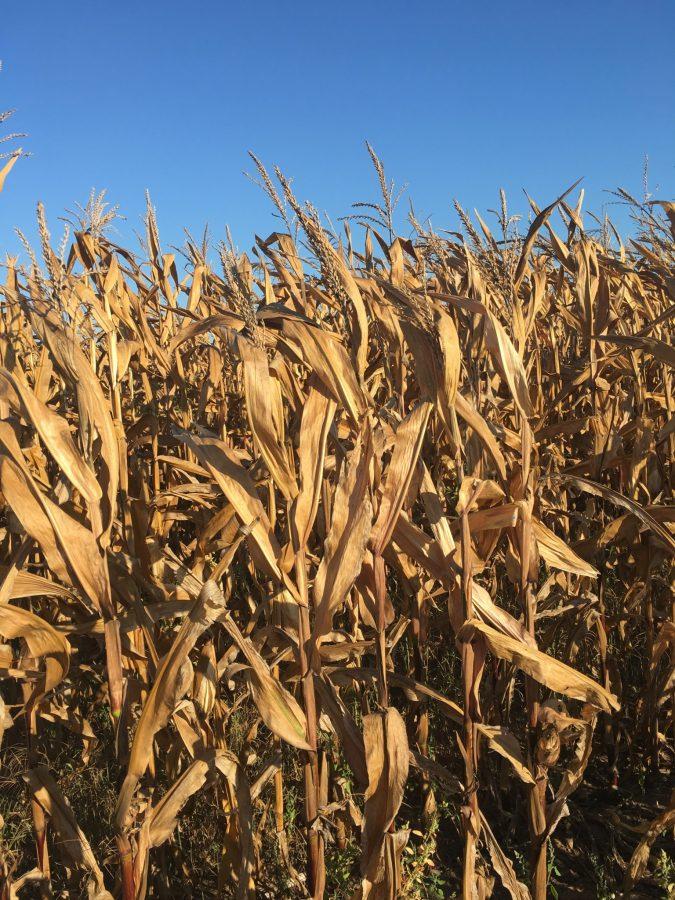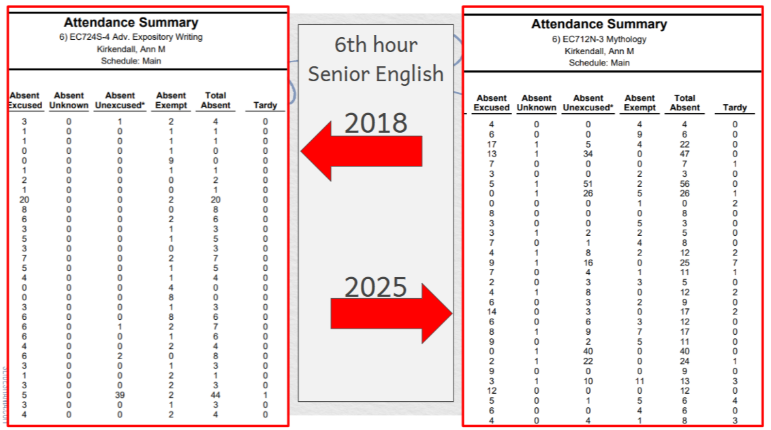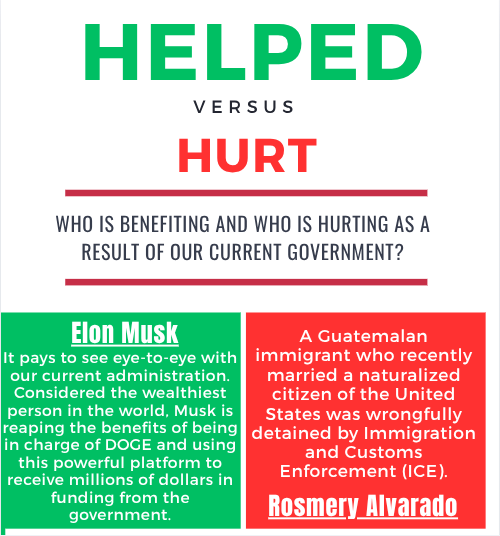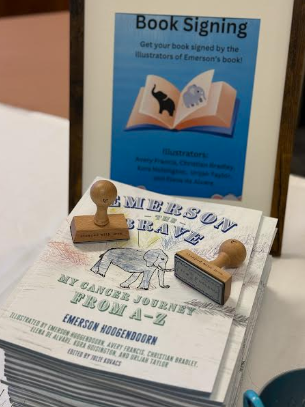The desolate fields of dry cracked dirt and wilting corn stalks were a miserable sight to see.The corn stalks were so worn out that they began falling over. Zeeland Farmer Bill Zwyghuizen squeezed a leaf in his hand and instead of it rolling off and falling back into shape, the leaf crinkled up and broke into pieces. Ottawa County recently experienced a major drought. Although there has been a large amount of rain these past two weeks, it is way too late for some local farmers. The rain came down quite hard recently, but sadly Zwyghuizen will not bounce back this year.
The rain is too late for two reasons.
One reason is that this year’s soybeans were already harvested. “I don’t think I’ve ever gotten all of the beans off before the end of the month,” said Zwyghuizen. Zwyghuizen has been farming for over 25 years and has not experienced a drought this bad yet…
The rain was also too late was because the corn was never fully pollinated. During the pollination period of corn, the top of the stalks(tassels) releases a pollen that falls down the stalk and pollinates the cob. This results in the corn cob starting to grow; when the corn cob starts to grow, the yield has a potential of going up. With the heavy drought, this was impossible. The lack of rain does not allow the tassels to create the necessary pollen. The result: Stalks with no corn. This was a common sight as we took a tour of his sandy fields. In the sandy areas of the field, there were no cobs of corn. But, in the areas of the field that are usually flooded, there were corn cobs. However, these corn cobs were small, wilting, and pathetic…
How bad is this drought? Before the rain started coming down, Zwyghuizen only collected 2/15 of an inch of rain in the entire month September. This was doubled in one weekend, but it was just too late. This is far lower than the average of the past years. The average from the month of the past years has been .60 inches of rain where the rain Holland received during September was on .13 of an inch. This is almost five times more than the average for past years monthly rain.
“It doesn’t matter that much to me because I will get my money back,” Zwyghuizen said. This means that he will make a profit on the corn that he will receive a profit on this year’s corn. “…but for younger people, this is a huge problem,” Zwyghuizen said. Zwyghuizen did not mean “young people” when speaking in this quote. He meant farmers, who were most likely younger than him, who take farming to a whole different level, and are considered commercial farmers. They will have trouble with this, because there was a large chance that they would not be able to make enough of a profit from this drought, to pay the bills. In recent years, Zwyghuizen has not had this bad of a drought. The bottom line from this drought, early harvest has called for lower yields, less test weight, and smaller kernels of corn. Ultimately resulting in less money.
Sadly, this is bad news for consumers. The corn being harvested is not for consumers, but for farmers’ livestock. This will result in a large rise of prices for livestock as well as an increase in the price of fresh produce. On a large scale level, the drought has affected farmers who supply to everyday stores like Meijer and Target. This means with fewer crops to supply, the demand will stay the same but the prices will increase. Instructor Jordan Lahr was one to notice the change in prices from the beginning of the summer until now. Specifically, she noticed this in blueberries and strawberries. Although these are seasonal fruits, the rise in prices also had to do with drought.
So expect a more expensive supermarket on Saturday mornings and a lighter wallet. Although Holland has been receiving large amounts of rain lately, the beans have been off for a long time, and the corn was a lost cause.







